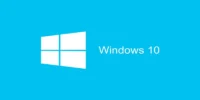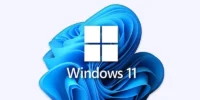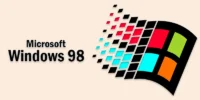What is Real Time Operating System? Examples, Types and its Importance
Published: 17 Jan 2025
Real Time Operating System
A real-time operating system (RTOS) powers many devices we rely on daily, from life-saving medical equipment to high-tech cars, by ensuring tasks are executed precisely when needed. But have you ever wondered what makes an RTOS different from a regular operating system? Many developers struggle with delays and unpredictable behavior in critical systems—an issue RTOS is designed to solve. Imagine your car’s airbag system reacting just a fraction too late—terrifying, right? That’s why understanding RTOS is crucial for building systems where timing is everything.
What is meant by Real Time Operating System?
Software known as a Real-Time Operating System (RTOS) enables devices to do tasks quickly and efficiently. It’s designed for systems where every second counts, like medical machines or car airbags, ensuring they work fast and reliably.
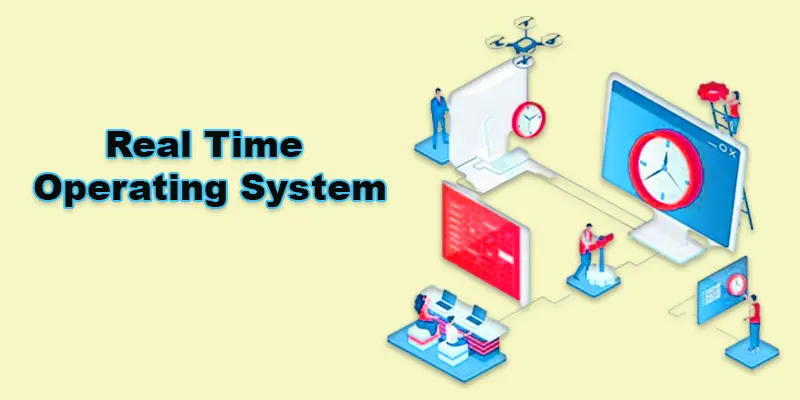
Real Time Operating Systems Examples
- FreeRTOS : Used in IoT devices like smart home gadgets.
- VxWorks : Found in spacecraft and robotics.
- RTLinux : Adds real-time capabilities to Linux systems.
- QNX : Powers automotive systems like infotainment and ADAS.
- eCos :Used in small devices like printers and cameras.
- Zephyr : Popular for IoT and wearable devices.
- Windows CE : Used in handheld devices and industrial machines.
History of Real Time Operating System
The history of Real-Time Operating Systems (RTOS) dates back to the 1960s when computer systems started being used for critical tasks like controlling machinery and processing data in real-time. Early systems like the IBM System/360 laid the foundation for RTOS by handling tasks based on time constraints. In the 1970s and 1980s, RTOS began to evolve with more sophisticated features to meet the growing need for reliability in industries like aerospace and defense.
In the 1990s, RTOS became more accessible to the public with open-source systems like FreeRTOS, and its use expanded into consumer electronics, automotive, and healthcare. Over time, RTOS has become an essential part of modern technology, ensuring devices perform their tasks reliably and on time. Today, it’s widely used in everything from smart devices to life-saving medical equipment.
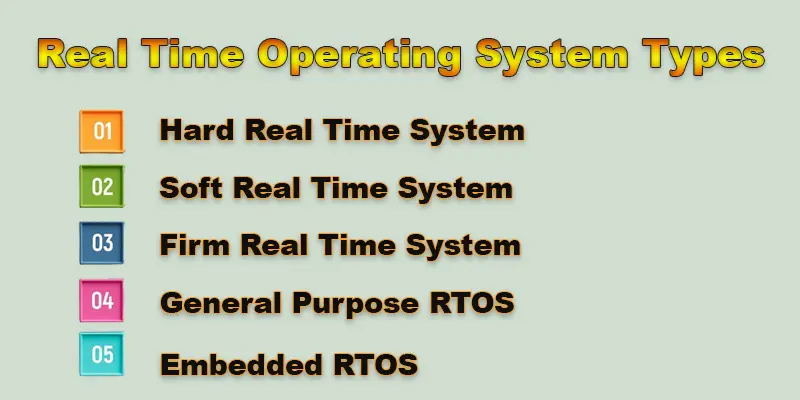
Real Time Operating System Types
Real time operating systems (RTOS) can be categorized into different types based on how strictly they handle timing and task execution. Let’s explore the main types of RTOS:
Hard Real Time System
A hard real-time system is made to adhere to rigorous deadlines and leaves no space for error. There may be serious consequences or system failure if a deadline is missed. For instance, in order to protect occupants in the event of an accident, automobile airbag systems must deploy within milliseconds, making them hard real-time systems.
Soft Real Time System
A Soft Real Time System able to tolerate some delay without causing major problems. While it aims to meet deadlines, it can still function if tasks are a bit late. For example is video streaming, where the stream may pause briefly, but the experience isn’t ruined.
Firm Real Time System
A Firm Real Time System requires tasks to be completed on time, but missing a deadline isn’t catastrophic—however, it can lead to performance issues. For example is online gaming, where delays can affect the experience, but the game doesn’t stop entirely.
Embedded RTOS
An Embedded RTOS is designed for specific tasks in small, dedicated devices. It runs on hardware with limited resources and is optimized for performance and efficiency. For example is the operating system in a smart thermostat, controlling temperature based on sensors.
General Purpose RTOS
A General Purpose RTOS can handle a variety of tasks while still ensuring real-time performance for important operations. It is flexible and can be used in many different types of systems.For example is QNX, used in automotive systems for controlling things like navigation and entertainment.
Importance of Real Time Operating System
Applications that need to complete tasks quickly and reliably need a Real-Time Operating System (RTOS).It ensures everything runs smoothly and on time, especially in critical applications like healthcare and automotive.
- Ensures Timely Responses: RTOS performs tasks quickly and on time, crucial for critical systems like medical devices.
- Improves System Reliability: It keeps systems stable and predictable, even under heavy workloads.
- Supports Multitasking: RTOS efficiently manages multiple tasks, ensuring high performance.
- Optimizes Resources: It uses memory and CPU wisely, perfect for devices with limited resources.
- Enhances Safety: In systems like car airbags or industrial robots, RTOS ensures safety by avoiding delays.
- Boosts Productivity: By handling tasks automatically and efficiently, it speeds up operations.
- Widely Applicable: RTOS is used in diverse fields like healthcare, automotive, aerospace, and IoT.
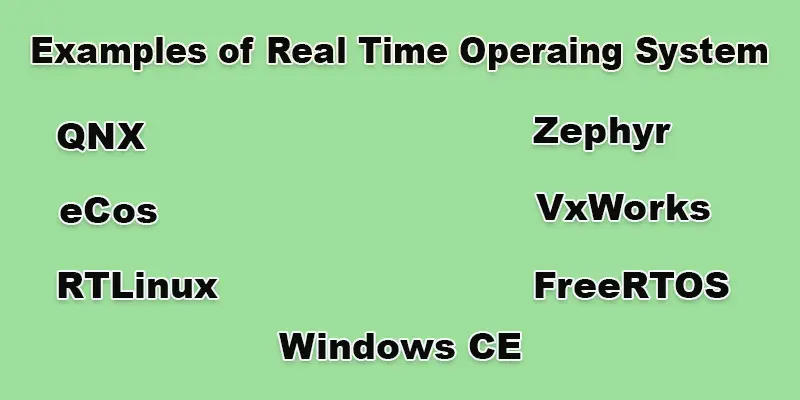
Conclusion About Real Time Operating Systems Example
So in this article, we’ve covered real-time operating systems in detail. Understanding RTOS is crucial if you’re working on projects where timing and precision matter, like IoT devices or safety-critical systems. I personally recommend exploring beginner-friendly options like FreeRTOS to get hands-on experience. Don’t stop here—dive deeper into RTOS features and find the best fit for your project needs. Ready to learn more? Start experimenting today and see the difference RTOS can make!
FAQS – Real Time Operating Systems
A real-time operating system (RTOS) works by managing tasks and resources to ensure everything happens on time. It prioritizes critical tasks, schedules them efficiently, and avoids delays, making it perfect for systems that need quick and reliable responses, like medical devices or robots.
Linux is not a real-time operating system by default, but it can be modified with real-time patches like RTLinux to handle time-sensitive tasks.
Real-time operating systems are used in devices and systems where timing is critical, like medical equipment, automotive systems, industrial robots, and IoT devices.
No, Windows is not a real-time operating system. It is designed for general-purpose use, but it can be modified with special software to handle real-time tasks in certain situations.
No, an RTOS is not a programming language. It’s an operating system designed to manage tasks and resources for time-sensitive applications, ensuring things happen on time.

- Be Respectful
- Stay Relevant
- Stay Positive
- True Feedback
- Encourage Discussion
- Avoid Spamming
- No Fake News
- Don't Copy-Paste
- No Personal Attacks

- Be Respectful
- Stay Relevant
- Stay Positive
- True Feedback
- Encourage Discussion
- Avoid Spamming
- No Fake News
- Don't Copy-Paste
- No Personal Attacks


